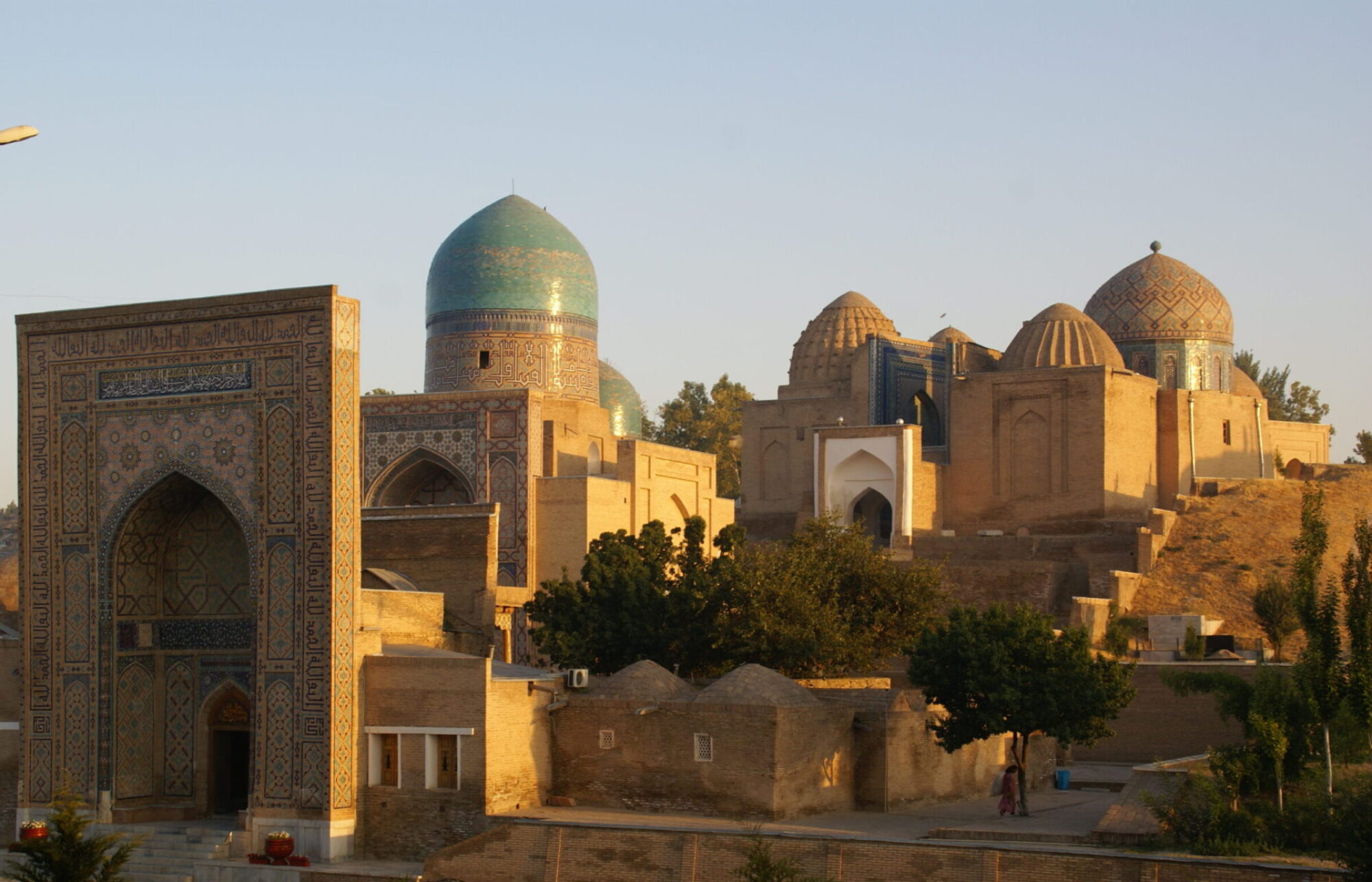Text taken from: Silk Road Cities. Documented through photographs, prints and postcards.
Sultaniyya, present-day Iran
The Mongol city of Sultaniyya in present-day Iran was founded around 1285 by the Ilkhan Arghun (1258-1291) and dedicated as the capital by his son, Sultan Öljeytü in 1313.
Sources for Sultaniyya
Archnet: Sultaniyya

